The Power of Online Tools: Definition, Purpose, and Impact
The internet is full of apps, platforms, and services designed to simplify tasks, from managing projects to editing photos and hosting meetings. These are online tools—digital applications that run through a web browser or require an internet connection. Used daily for everything from collaborating on documents to tracking tasks, online tools have become integral to how we work, learn, and communicate.
Though we often overlook their importance, understanding these tools is crucial. They're not just convenient—they’ve become essential to modern life, shaping productivity and connecting us in ways we often take for granted.
Understanding the Definition of Online Tools
Online tools are computer programs that operate on the web and are opened through a web browser. They don't have to be installed like ordinary desktop programs, and they typically sync in real-time. When you compose a report using Google Docs or a poster with Canva, you're employing an online tool.
The important word here is "online." These tools require an internet connection to work. Their features, information, and storage reside in the cloud, not on your device. That's why you can open a design on your tablet, continue editing on your laptop, and share the finished work from your phone—all seamlessly.
This interconnection enables individuals to work together, streamline tasks, interpret information, or work towards workflows regardless of location. An online tool might be as common as a file converter or as sophisticated as a complete customer relationship management system. But at its foundation, they all serve the purpose of making easier something that would otherwise take longer, more effort, or coordination.
What’s the Purpose of Online Tools?
If the definition tells us what online tools are, then the purpose tells us why they exist. The short answer is to make tasks easier, faster, and more accessible. Whether it's communication, creation, calculation, or coordination, online tools are designed to remove barriers. They serve many purposes, but a few stand out.
Making Everyday Work Easier

Online tools simplify routine tasks by offering streamlined solutions. For example, an online word processor lets you create, edit, and share documents all in one place. There is no need for endless emails or dealing with version control issues. These tools enhance efficiency, especially in remote work, keeping tasks organized and saving time across various functions, from scheduling to editing code.
Enabling Collaboration in Real-Time
Online tools have revolutionized collaboration by allowing people to work together in real-time. Multiple users can simultaneously edit documents, spreadsheets, or project boards while chatting within the same platform. This instant collaboration breaks down hierarchies, accelerates decision-making, and fosters teamwork, making it easier to coordinate efforts, whether in small teams or large, distributed groups across different time zones.
Supporting Learning and Self-Education
Online tools have transformed education, providing access to courses, tutorials, and resources that were once unavailable. Students can submit assignments, take quizzes, and attend lectures through web-based platforms. Teachers and instructors also rely on these tools to manage coursework, making education more flexible, accessible, and inclusive by overcoming physical and financial barriers to learning.
Boosting Creativity and Design
Online design tools like Canva, Figma, and Pixlr make creativity accessible to everyone. With templates and easy-to-use features, even beginners can design professional-looking graphics without needing expensive software or a design background. These platforms empower writers, musicians, video editors, and coders by offering specialized tools that help bring their ideas to life, regardless of their technical skills.
Organizing and Managing Data

Online tools help organize and manage the vast amounts of data we deal with daily. From simple note-taking apps to advanced data visualization tools, they provide structure and clarity. These tools enable users to track everything from personal expenses to business performance, allowing them to analyze, display, and make informed decisions based on accurate, real-time data, reducing confusion and enhancing productivity.
The Shift to the Cloud and Its Impact
Before online tools became widespread, software was something you installed once and updated rarely. Files were saved locally, and collaboration was clunky. But the rise of cloud-based platforms changed the game. With online tools, data lives in the cloud, and everything syncs automatically.
This shift has allowed flexibility that traditional tools couldn’t match. You can start a project on one device and finish it on another. You don’t have to worry about losing your work if your computer crashes. And updates happen in the background, keeping features fresh without effort from your side.
The cloud also supports scalability. Startups can use the same project management tools as large enterprises, adjusting features and users as they grow. That kind of flexibility used to be expensive and hard to manage—but not anymore.
Real-World Examples Across Different Fields
Let’s ground this in reality. Online tools are everywhere. In healthcare, doctors use cloud-based platforms to manage appointments, patient records, and prescriptions. In finance, analysts use real-time dashboards to monitor trends and forecast outcomes. In logistics, teams use task boards to coordinate delivery routes and respond to changes on the fly.
Even small-scale creators—bloggers, artists, freelancers—use online tools to set up websites, sell products, and track engagement. These platforms aren’t just helping big businesses run smoother; they’re also giving individuals the power to operate like teams.
Education, retail, engineering, hospitality—every field now has its own set of specialized online tools. They're tailored, efficient, and, most importantly, accessible.
Conclusion
Online tools have become essential for simplifying tasks, enhancing collaboration, and empowering creativity across various fields. They offer unparalleled convenience, accessibility, and efficiency, allowing users to work smarter and faster. Whether you're managing data, learning new skills, or designing a project, these tools make complex tasks manageable. As they continue to evolve, online tools will only become more integral to our personal and professional lives, further enhancing productivity and helping users stay connected and organized.
On this page
Understanding the Definition of Online Tools What’s the Purpose of Online Tools? Making Everyday Work Easier Enabling Collaboration in Real-Time Supporting Learning and Self-Education Boosting Creativity and Design Organizing and Managing Data The Shift to the Cloud and Its Impact Real-World Examples Across Different Fields ConclusionRelated Articles
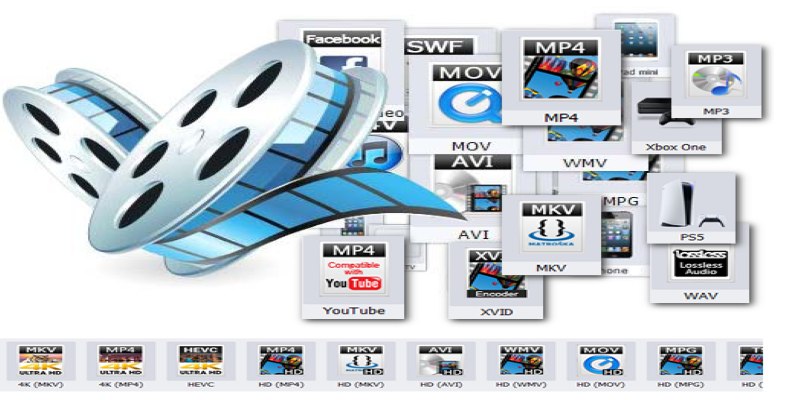
Make Any Video Compatible with a Reliable Video Converter

Getting Real Results from an Internet Speed Test

Real Work, Less Effort: The Power of Web Scraping and Automation Tools
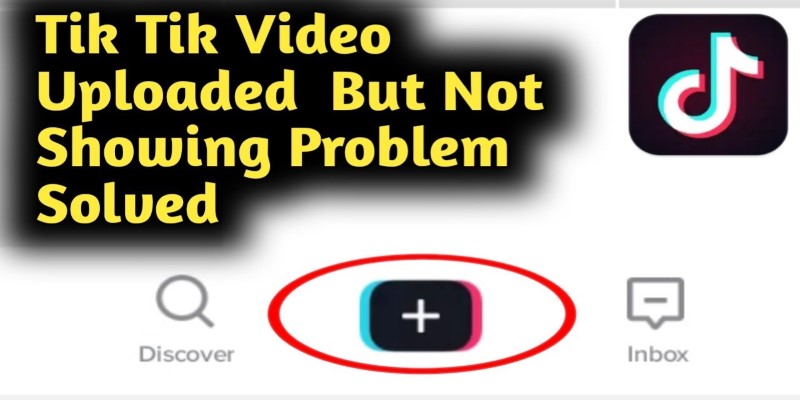
TikTok Video Uploaded but Not Showing Up? Here’s Why

Building Smarter: Key Linux Tools Every Developer Needs

Unlock Text from Images: Best Free OCR Tools You Can Use Today
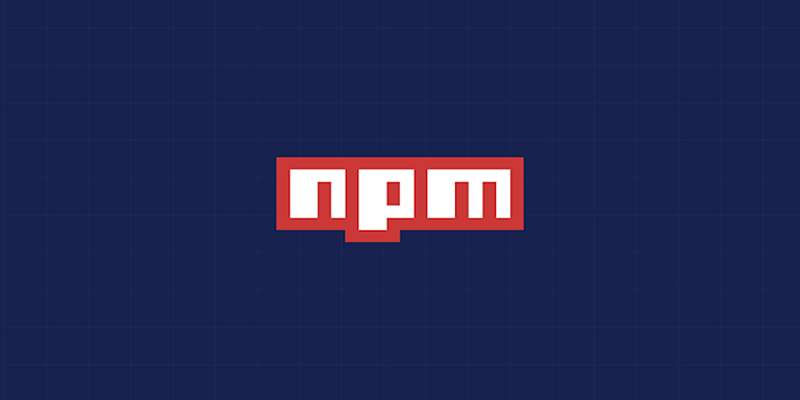
Fixing Slow or Stuck NPM Installs: Proven Ways to Speed Things Up
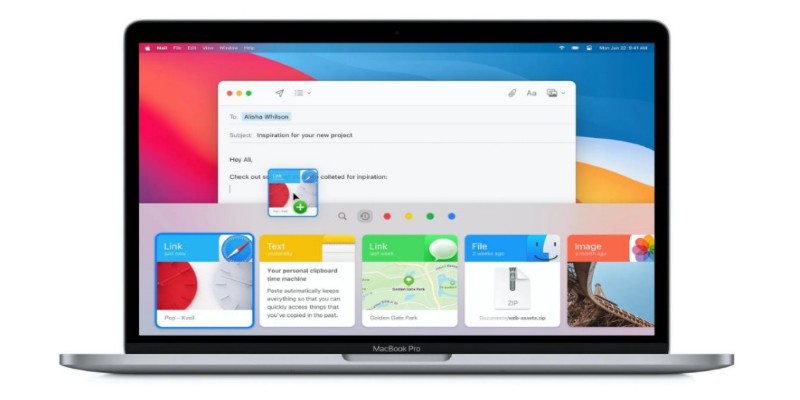
Top Clipboard Managers for Windows and Mac – Boost Your Productivity

Top Mobile Security Apps 2025: Trusted Protection for Your Device

Boost Your Writing: 5 AI Tools to Improve Your Content
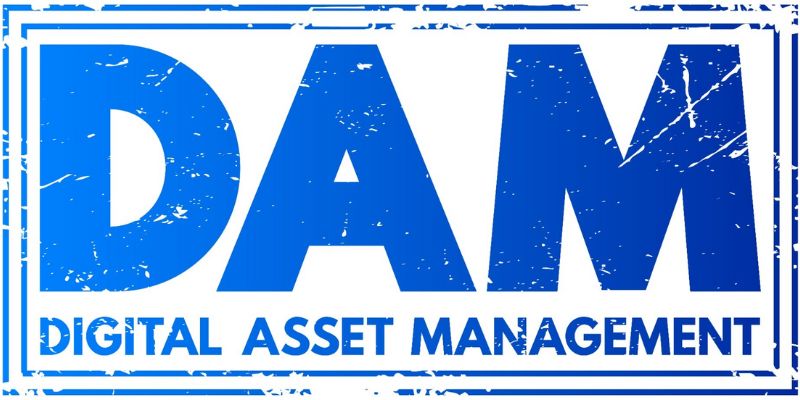
The 10 Best Digital Asset Management (DAM) Software Options for 2025

 knacksnews
knacksnews